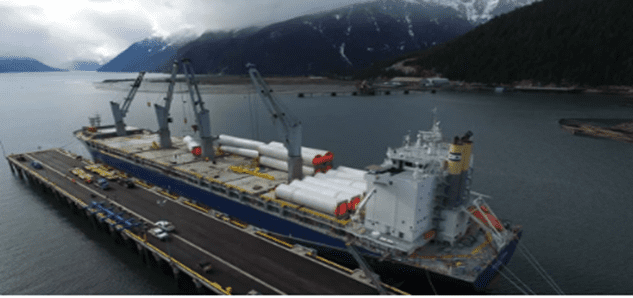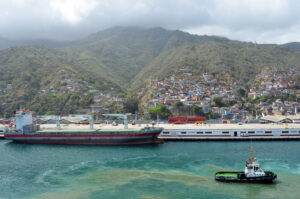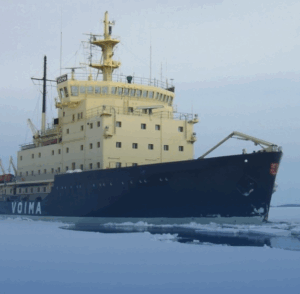
Retrofitting deep-sea ships to ammonia is feasible but very expensive and difficult, an in-depth study has found.
Thus concludes a group of industry experts, led by Grieg Star, that has studied the possibilities of retrofitting an Open Hatch vessel to run on green ammonia. The study was initiated and facilitated by the Norwegian Green Shipping Programme, a public-private partnership which aims to advance the Norwegian government’s maritime strategies and plans.
The study found the main barriers today are the combination of high retrofit investment costs, lack of availability and competitively priced ammonia, and unclear effects of regulatory frameworks.
Currently, it seems more viable for multifuel-ready new buildings than for retrofitting current ships, says Managing Director of Grieg Star, Atle Sommer. Grieg Star is the ship management unit of Grieg Maritime Group, which manages or act as owner representative for over 30 vessels within the Open Hatch segment.
“Without the stability of green ammonia availability/ pricing for the maritime sector (potentially green corridors) and, even more importantly, stable framework conditions, financing such a venture is not viable, even with significant soft project funding,” the report concludes.
The study also shows that there is a need for changes on a political and regulatory level to make the change for the existing world fleet, and that green ammonia is still as one of many possible fuels for shipping in the future.
The study has aimed to assess the technical and commercial feasibility of retrofitting an open hatch bulk carrier for green ammonia operations in a trans-Atlantic route.
The report’s conclusion leads with: “Elements we perceived as challenges have turned out not to be barriers or present major risks for moving forward with a retrofit project.”
“Ammonia as fuel will most likely be a preferred alternative for deepsea shipping to achieve IMOs ambition and the Paris agreement’s targets. As Norway and the Norwegian maritime industry have been a front runner when it comes to battery-powered ships for coastal shipping, we will follow up and be ready for the green shift into deep sea shipping and ammonia as fuel too,” says Narve Mjøs, director of the Green Shipping Programme.
In total, 21 entities participated in the study’s five workstreams, with workstream leads from Yara, the Norwegian Maritime Authority, G2 Ocean and Grieg Maritime Group.


